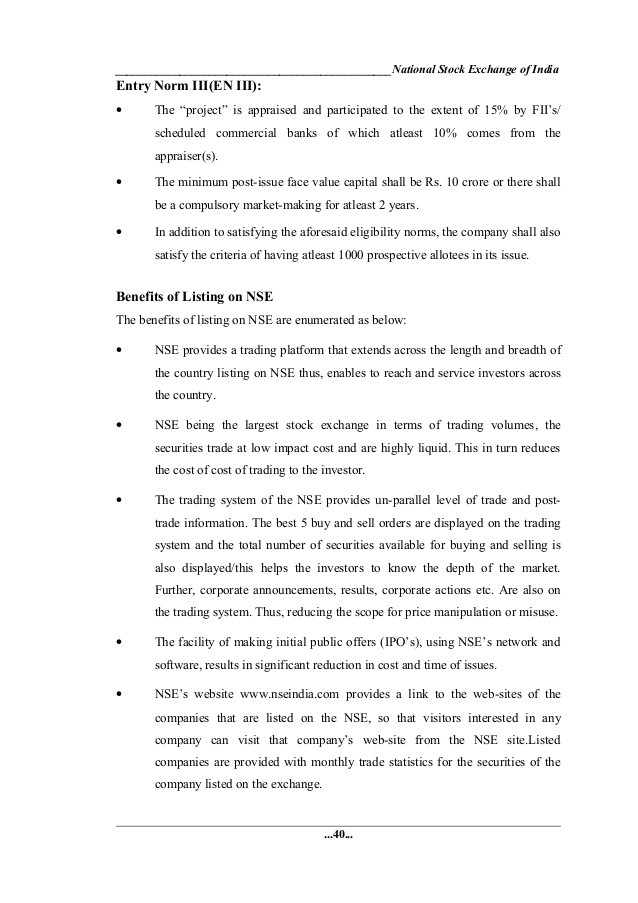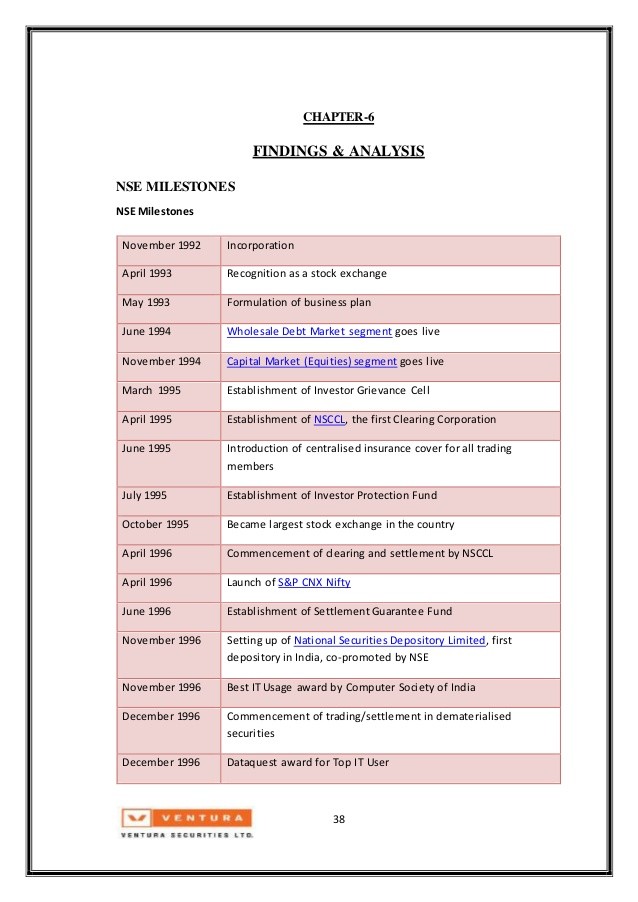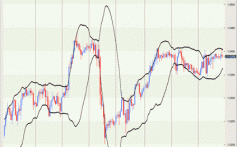Indian Stock Market and International Stock Analysis Cochin Stock Exchange an Introduction
Post on: 16 Март, 2015 No Comment

Tuesday, April 15, 2008
Cochin Stock Exchange an Introduction
I NTRODUCTION
COCHIN STOCK EXCHANGE LTD. is one of the premier Stock Exchanges in India, established in the year 1978. The exchange had a humble beginning with just 5 companies listed in 1978 -79, and had only 14 members. Today the Exchange has more than 508 members and 240 listed companies. In 1980 the Exchange computerized its offices. In order to keep pace with the changing scenario in the capital market, CSE took various steps including trading in dematerialized shares. CSE introduced the facility for computerized trading — Cochin Online Trading (COLT) on March 17, 1997. CSE was one of the promoters of the Interconnected Stock Exchange of India (ISE). The objective was to consolidate the small, fragmented and less liquid markets into a national level integrated liquid market. With the enforcement of efficient margin system and surveillance, CSE has successfully prevented defaults. Introduction of fast track system made CSE the stock exchange with the shortest settlement cycle in the country at that time. By the dawn of the new century, the regional exchanges faced a serious challenge from the NSE & BSE. To face this challenge CSE promoted a 100% subsidiary called the Cochin Stock Brokers Ltd. (CSBL) and started trading in the National Stock Exchange (NSE) and Bombay Stock Exchange (BSE).
CSBL is the first subsidiary of a stock exchange to get membership in both NSE & BSE. CSBL also became a depository participant in the Central Depository Services Ltd. The CSE has been playing a vital role in the economic development of the country in general, and Kerala in particular and striving hard to achieve the following goals:
Providing investors with high level of liquidity whereby the cost and time involved in the entry into and exit from the market are minimized.
Bringing in high tech solutions and make all operations absolutely transparent.
Building infrastructure for capital market by turning CSE into a financial super market.
Serve the investors of the region.

Professional stock broking and investment management.
Imparting Capital Market knowledge to all intermediaries on a continuous basis.
The Cochin Stock Exchange is directly under the control and supervision of Securities & Exchange Board of India (the SEBI), and is today a demutualized entity in accordance with the Cochin Stock Exchange (Demutualization) Scheme, 2005 approved and notified by SEBI on 29th of August 2005. Demutualization essentially means de-linking and separation of ownership and trading rights and restructuring the Board in tune with the Corporate Governance norms. The first phase of de-linking these rights has since come into effect. And in the second phase, the ownership, which is presently held by the Members of the Exchange, would also undergo a change in that 51% of the share capital will be held by the public, other than stockbrokers, within the next one year.
MANAGEMENT OF CSE LTD.
The policy decisions of the CSE are taken by the Board Of Directors. The Board is constituted with 13 members of whom less than one-fourth are elected from amongst the trading member of CSE, 2 persons are nominated by SEBI, the rest are Public Interest Directors selected by SEBI from the panel submitted by the Exchange. The Board appoints the Executive Director who functions as an ex-officio member of the Board and takes charge of the administration of the exchange.














